Bee Orchid Facts
- Firstly, the Bee Orchid represents the common name for this mesmerizing species. The surprisingly shaped small perennial also forms a herbaceous plant in the family Orchidaceae.
- Rather unsurprisingly, the plant draws its common name from its distinctive appearance. That occurs because of, to many, the resemblance of the blooms to a comically smiling large bee.
- Further, it remains unique to its particular genus in that it is almost entirely self-pollinating. However, many other types of orchids, as well as numerous other flowering plants also self-pollinate.
- Finally, the IUCN does not yet have a listing for this species on its Red List of Threatened Species. This occurs primarily due to the fact of its wide distribution. This allows for a greater chance of maintaining the species.
- The Bee Orchid resembles an almost comic-like (smiling) large bee and can pollinate itself. Click To Tweet
Related Articles
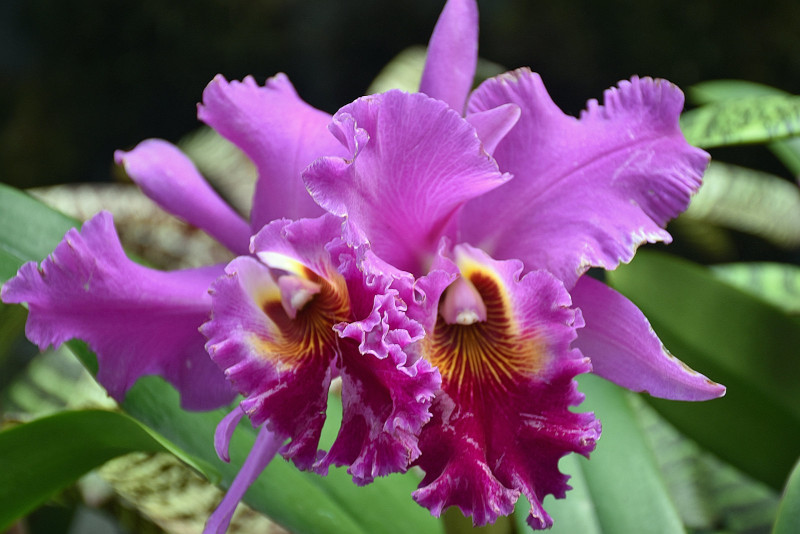

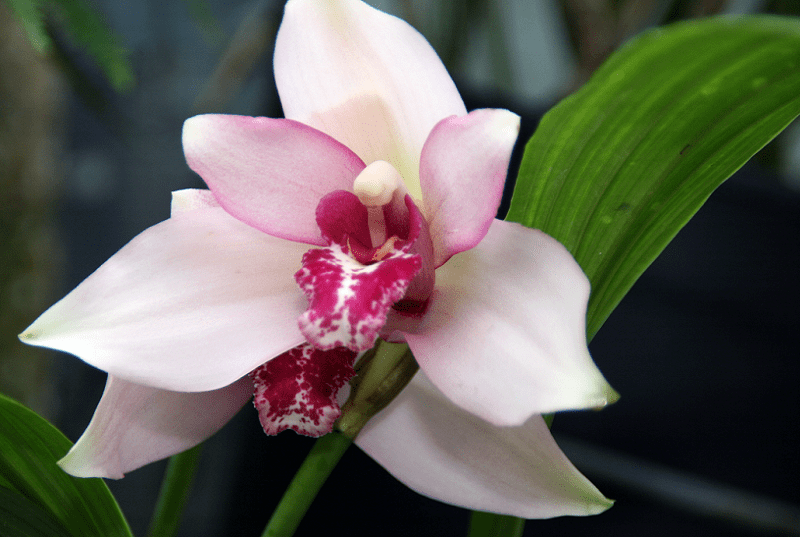
Bee Orchid Physical Description
Most notably, the best-known feature of the amazing Bee Orchid remains its unique appearance. That, obviously, is its extremely close resemblance to a bee, albeit a quite large one. It remains unknown if this serves some evolutionary purpose.
Further, the sincerely fabulous plant often grows as tall as 20 in (50 cm). In addition, it typically blooms from mid-April until July. The amazing plant also produces a copious quantity of beautiful blooms.
In addition, this number usually ranges from a total of 1-12 flowers. Such a wide range of potential blooms also sets it apart from some related species. Finally, these blooms often range in color from white to pink.
- Kingdom: Plantae
- Phylum: Angiosperms
- Class: Monocots
- Order: Asparagales
- Family: Orchidaceae
- Genus: Ophrys
- Species: O. apifera
Bee Orchid Distribution, Habitat, and Ecology
The fascinatingly evolved Bee Orchid also prefers a rather temperate climate. Additionally, the stunning species evolved as endemic to a wide range, extending through much of Europe.
Furthermore, the remarkable plant most commonly grows on semi-dry turf. That most often includes grasslands, on limestone, open areas of woodlands, or calcareous soils, in either dim or bright light.
This plant species appears to be quite widespread across both central and southern Europe. Yet, it also appears as well in both North Africa and the Middle East. It is unknown if this is its natural range, or if it has been spread through the actions of man.
Unlike most flowers, this flower actually grows throughout the winter. The orchid varieties found in the most northern distribution have adapted, however. These produce a scent that mimics the scent of female bees. This draws male bees in and provides pollination.
Species Sharing Its Range
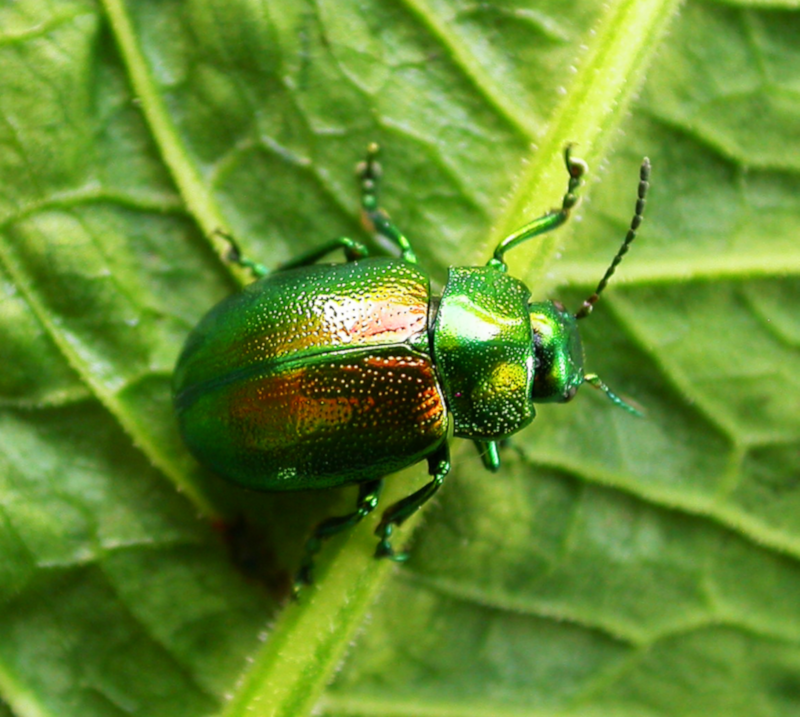

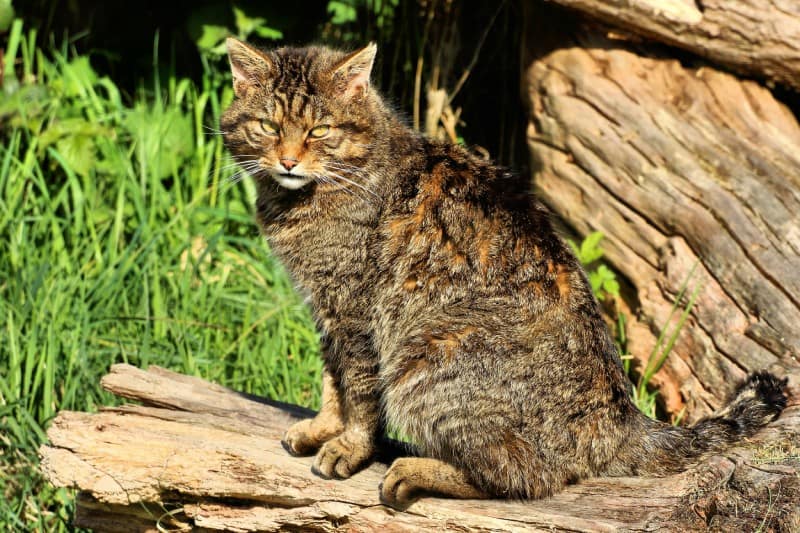
Check out our other articles on 5 Fabulous Deer Varieties, Atlantic Trumpetfish, Devetashka Cave, Greater Sage Grouse, Coral Pink Sand Dune Beetle, Lion Tailed Macaque, Striped Possum
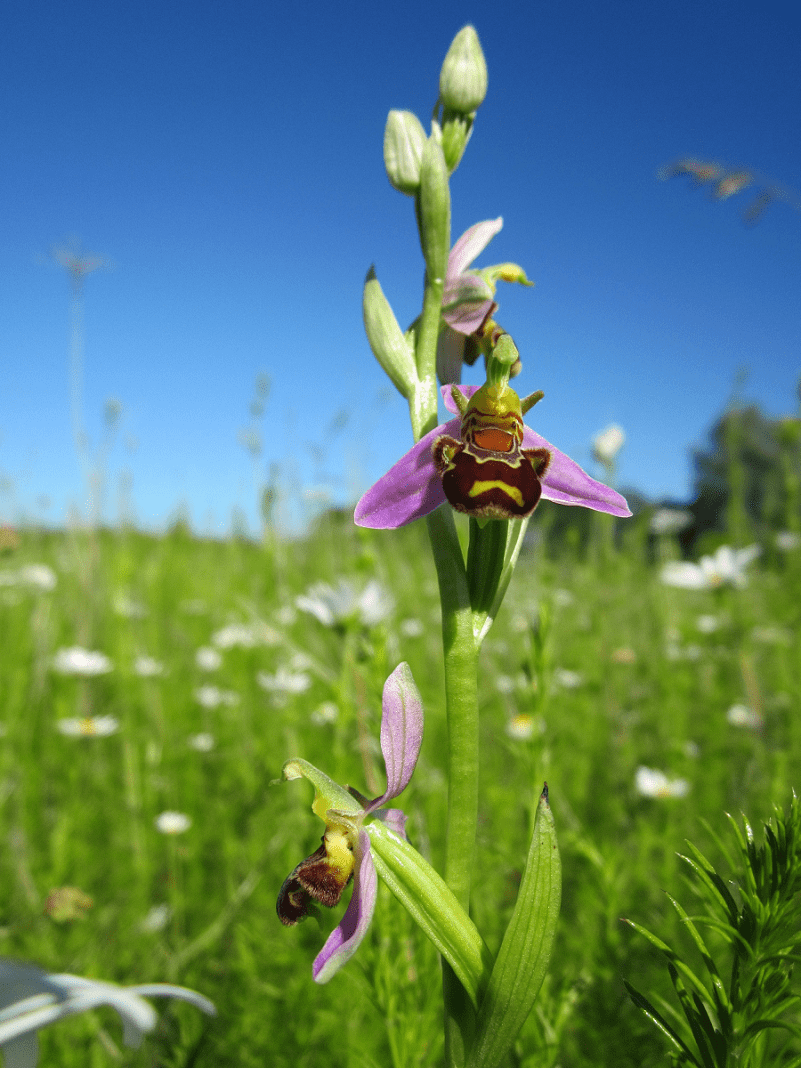
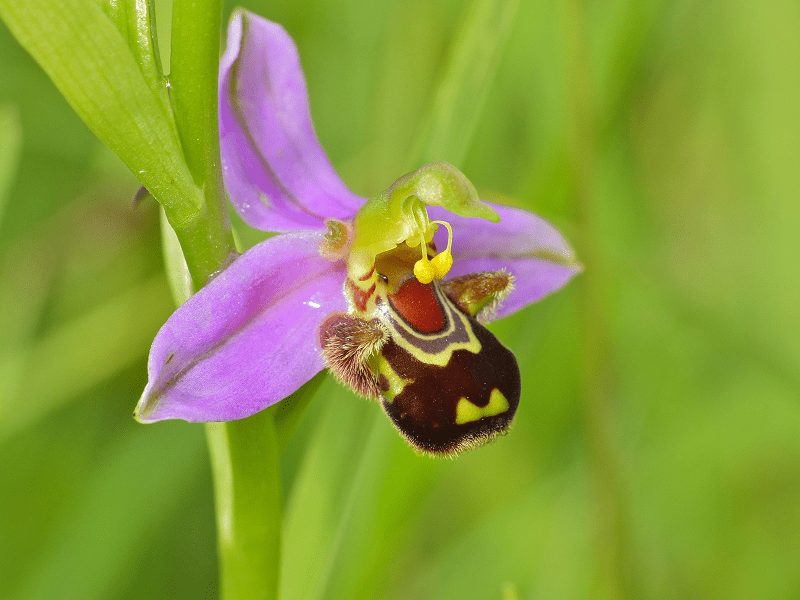










Leave a Reply